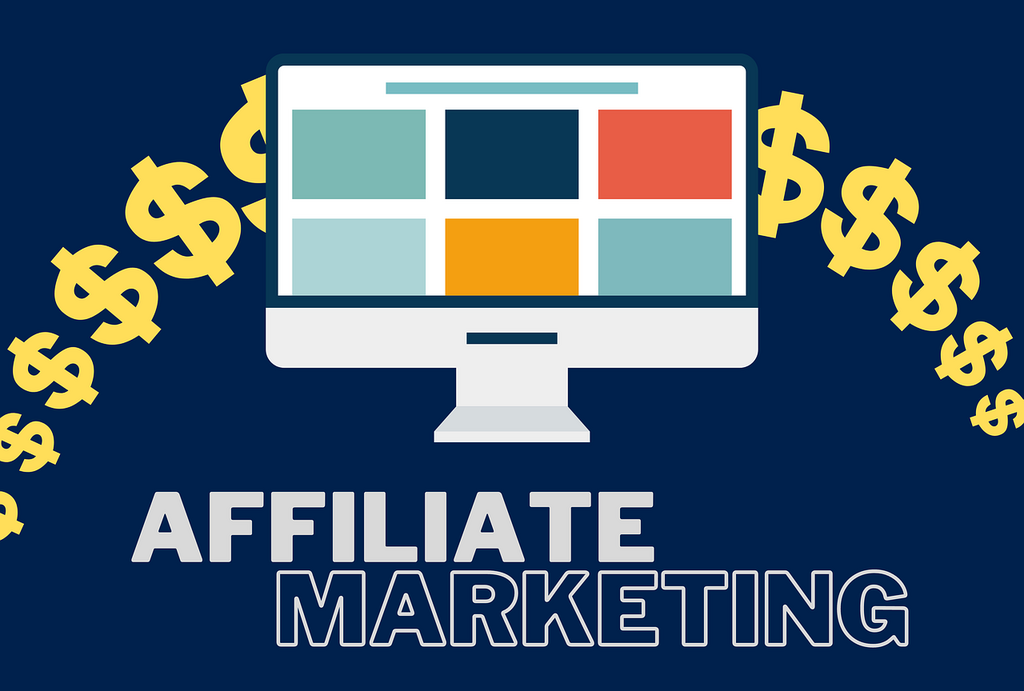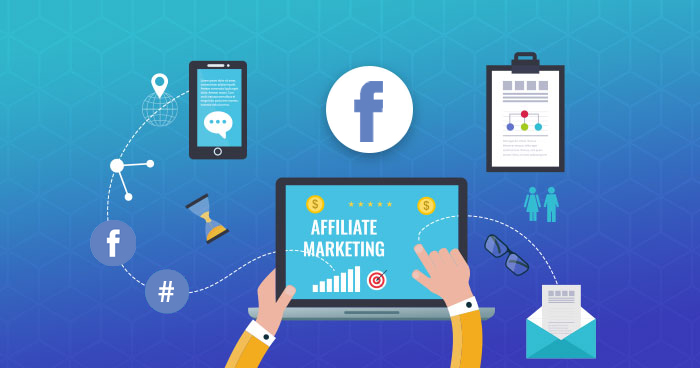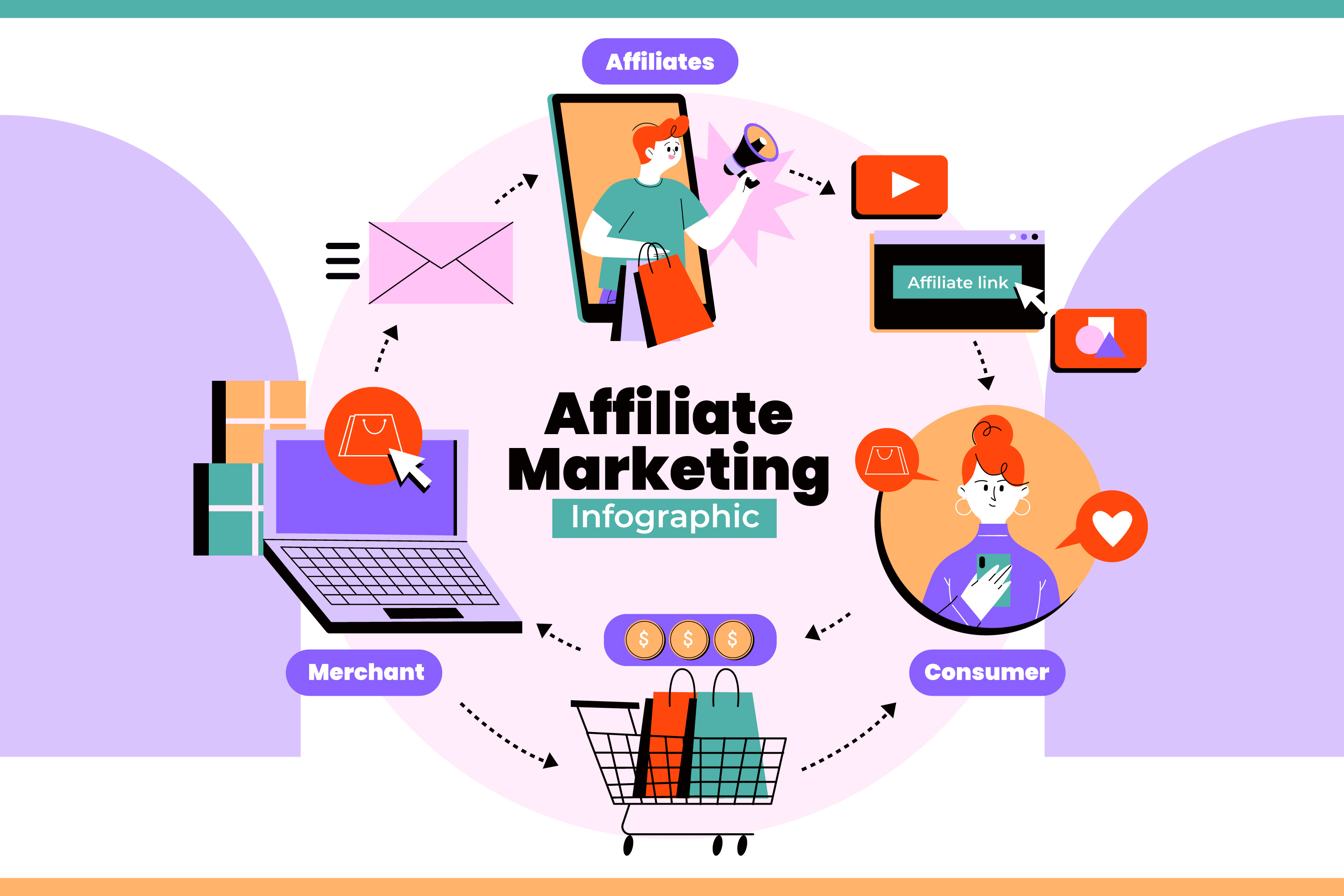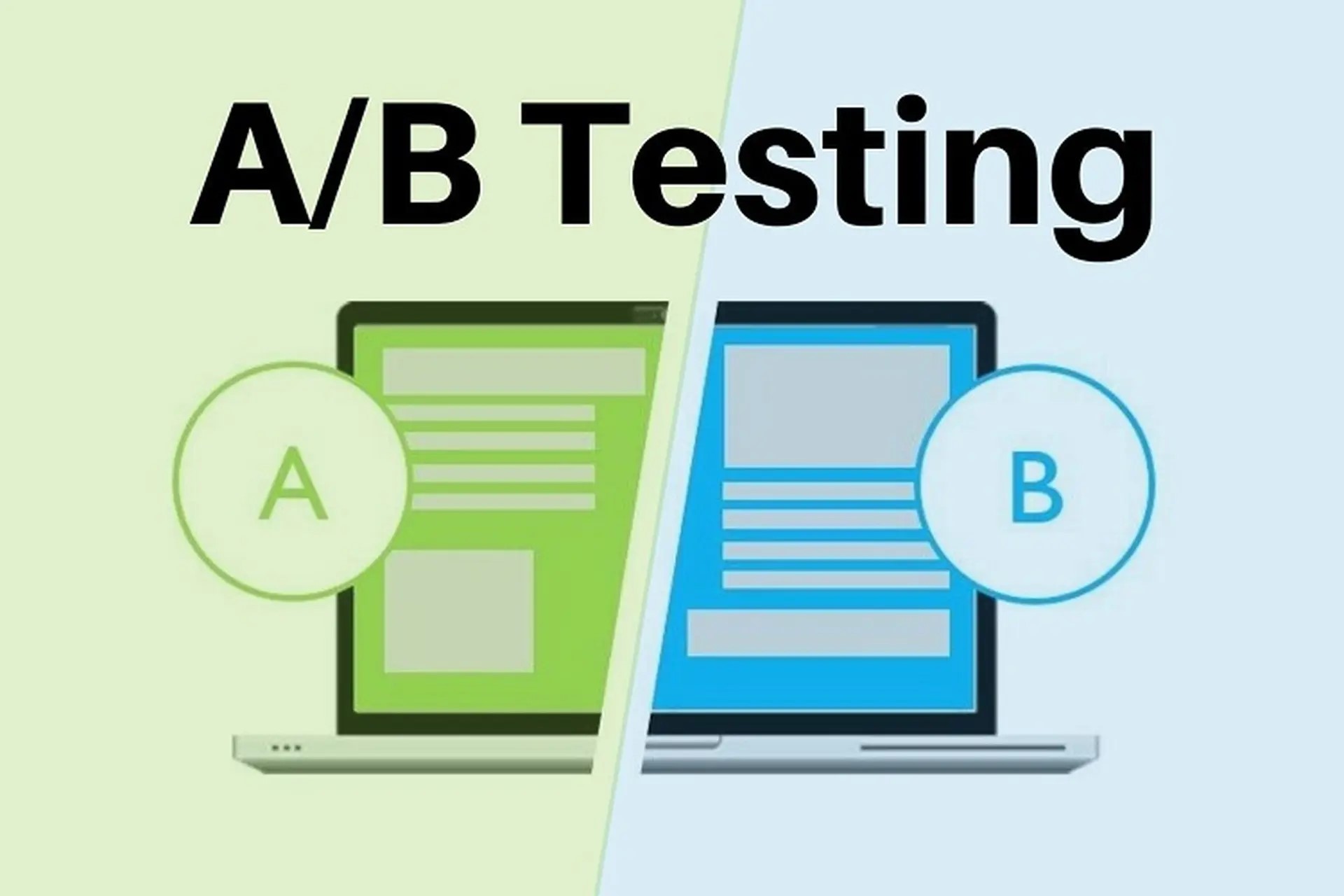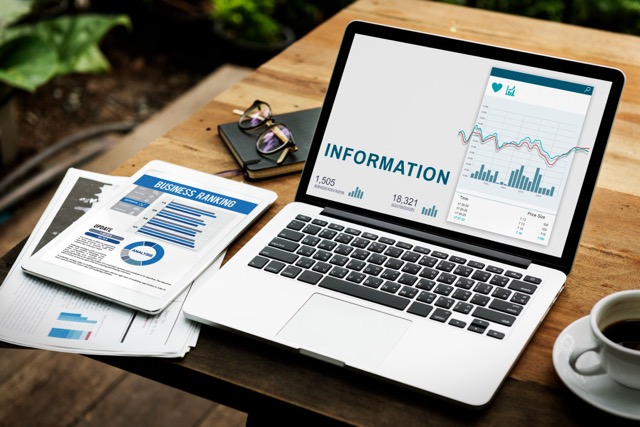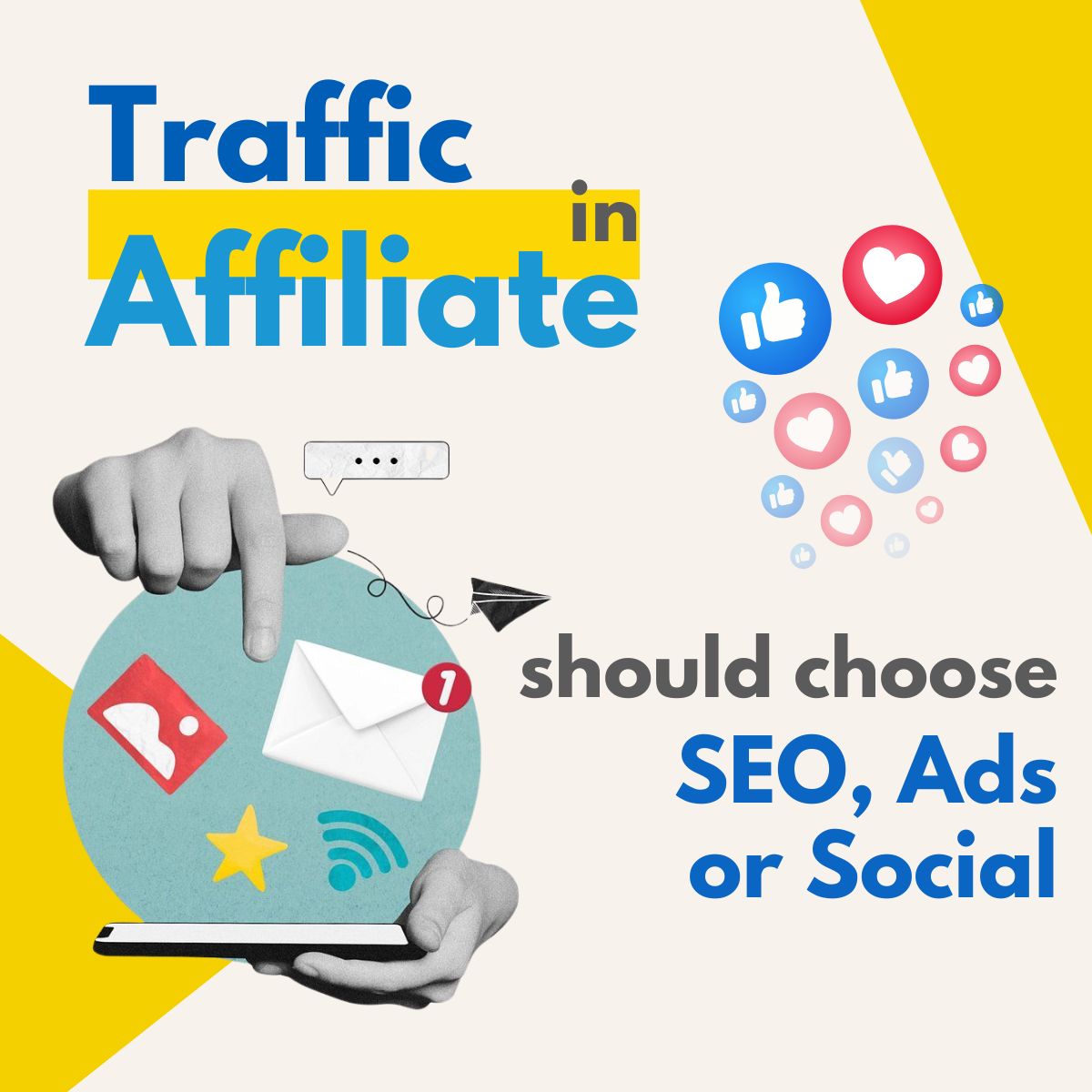How to optimize content on on-page SEO effectively
.jpg)
Optimizing content on on-page SEO is very important as it enhances the visibility of your website on search results. Without content optimization, your website will not be ranked high in the search results which will reduce its ability to attract large amounts of traffic and potential customers to your website.
1. Why do we need to optimize content on on-page SEO?
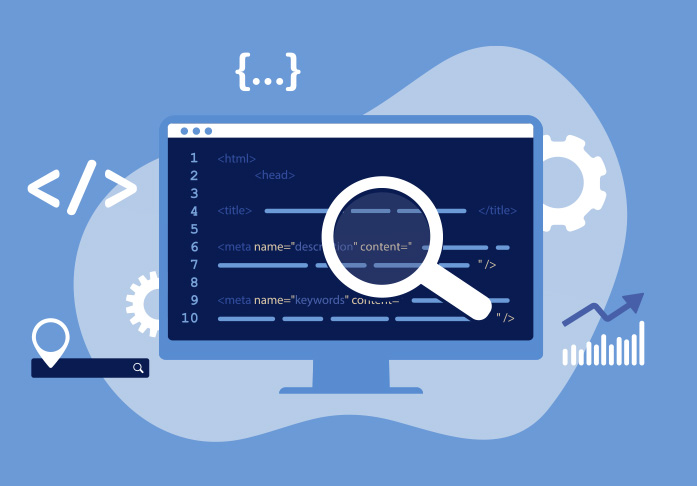
Optimizing content on on-page SEO is very important as it enhances the visibility of your website on search results. Without content optimization, your website will not be ranked high in the search results which will reduce its ability to attract large amounts of traffic and potential customers to your website.
Content that is optimized for on-site SEO provides users with relevant and useful information about your product or service and helps search engines understand your site that is beneficial for your website’s rank. When your website’s content is optimized properly, it will become easier to read and bring users a better experience that keeps them viewing your websites longer and they will be more engaged.
2. How to optimize content on on-site SEO efficiently?
_1681891578.jpg)
To optimize SEO standard content in on-page SEO, you can apply the following ways
Keywords: Find your main keywords and related keywords that are relevant to your content. Then, use that keyword in the title, description, subheadings, main body paragraphs and other parts of the page.
Optimizing Title: Title is the data provided to search engines. The tool records data so that when someone searches, it returns. According to research, SEO keywords that appear first in the title will help increase rankings and click-through rates for a link. Thus, you should give priority to the main keyword appearing as close to the beginning of the title as possible.
_1681891984.jpg)
Optimizing Heading: Use the H1 tag for the main title of the page: The H1 tag helps search engines understand the main title of the web page. Make sure that the main title contains the right keywords and is catchy and easy to understand.
Utilize H2 tags for subheadings: Use H2 tags to mark up the subheadings of a web page. Subheadings help increase the readability and understandability of web page content.
Use the right heading tags: Make sure that the heading tags used match the content of the web page. For example, use the H3 tag for the subheadings of the H2 tag and the H4 tag for the subheadings of the H3 tag
Apply keywords in headings: Use appropriate keywords in the headings of web pages to help search engines understand the content of the website.
Ensure logic and order: Arrange headings in a logical order and link together logically. This enables readers to easily access and understand the content of the website.
The suitable length: The length of the headings should match the content of the web page. Headings that are too short will not be enough to introduce the content and headings that are too long will make the web page difficult to read.
Optimize images: Use images related to the page content and add ALT texts to provide information to search engines.
Optimizing the path (URL): URL is one of the factors that have the greatest influence on on-page SEO. Therefore, a good standard URL for on-page SEO needs the following 3 factors:
Contains the main SEO keyword (with the highest search volume)
Keep it short but get the whole idea across (top 1 URLs usually have an average of 59 words).
Related to the article content
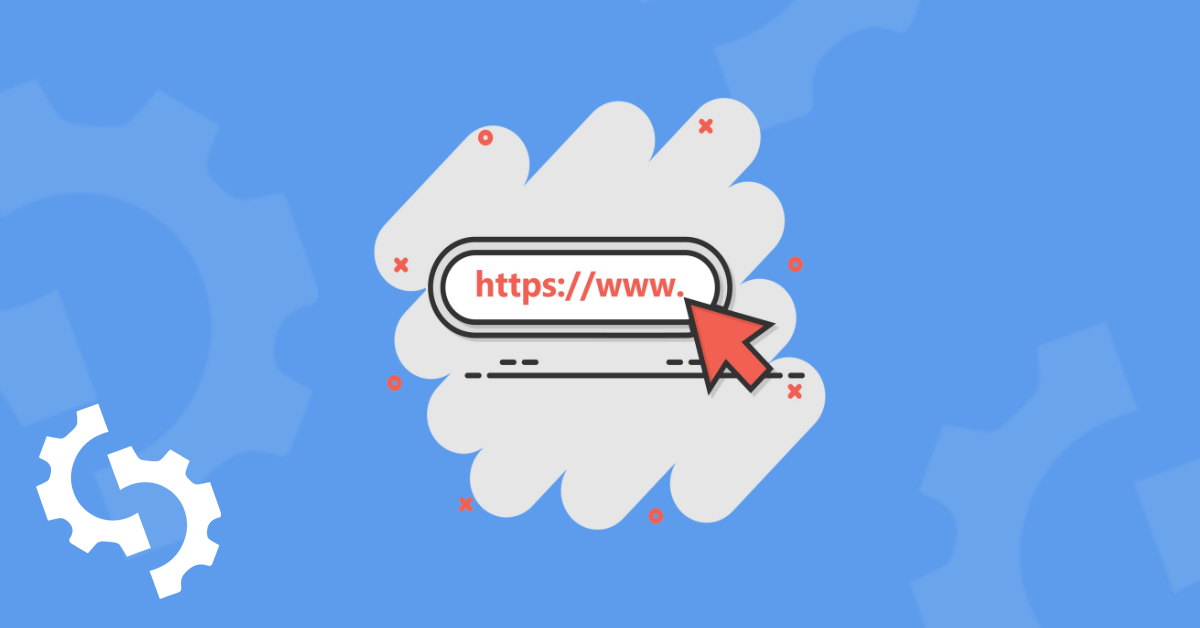
Optimizing article length: SEO articles on major websites should be between 1300 and 1800 words in length. Besides, if it is an in-depth analysis, from 2000 to 3000 is a very attractive length for readers.
Content optimization: To optimize content, you first need to ensure the meaning and message of the article. While keywords are important, it is still for technical purposes only. The main purpose of the article is to be user-oriented. Therefore, they need to be useful and systematic. Besides, you need to build attractive content with new and unique ways of transmission so that your web will be visited regularly. The article content is unique, useful and relevant to the main keyword and makes sure the page content is not copied from other websites.
Use content optimization tools: Tools like Yoast SEO, SEMrush or Ahrefs can help you optimize SEO-standard content on your website.
Check spelling and grammar: Check for spelling and grammar errors to make sure the page content is spelled correctly and looks more professional.
Evaluate and improve your website: Track your website's ranking on search engines and improve it by optimizing content and page loading speed.
